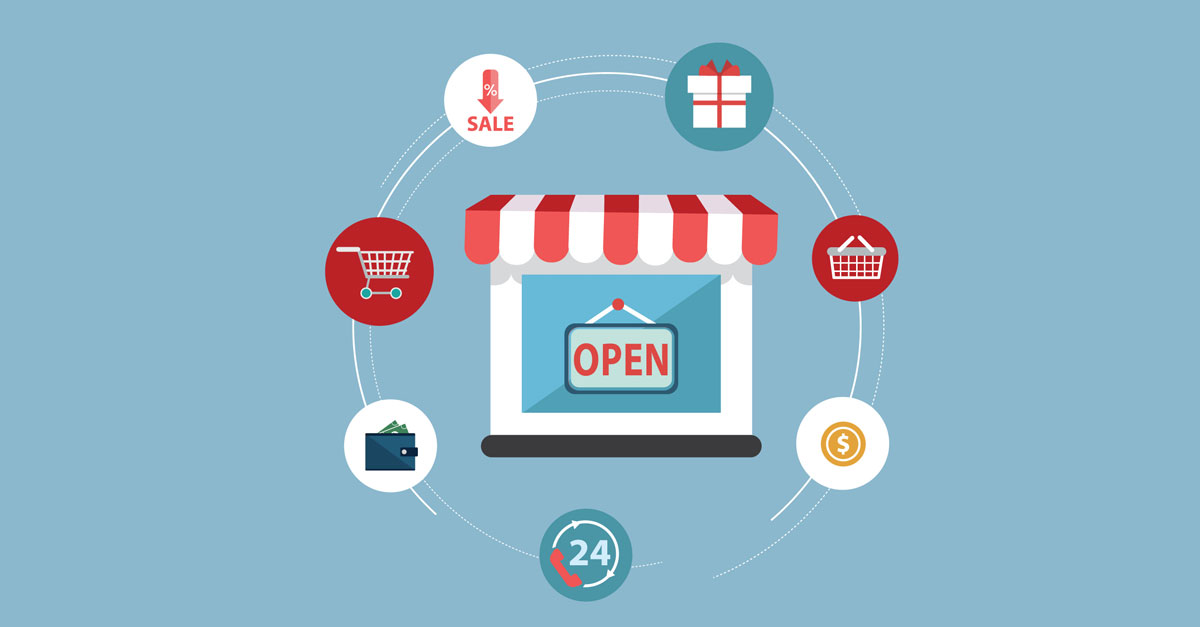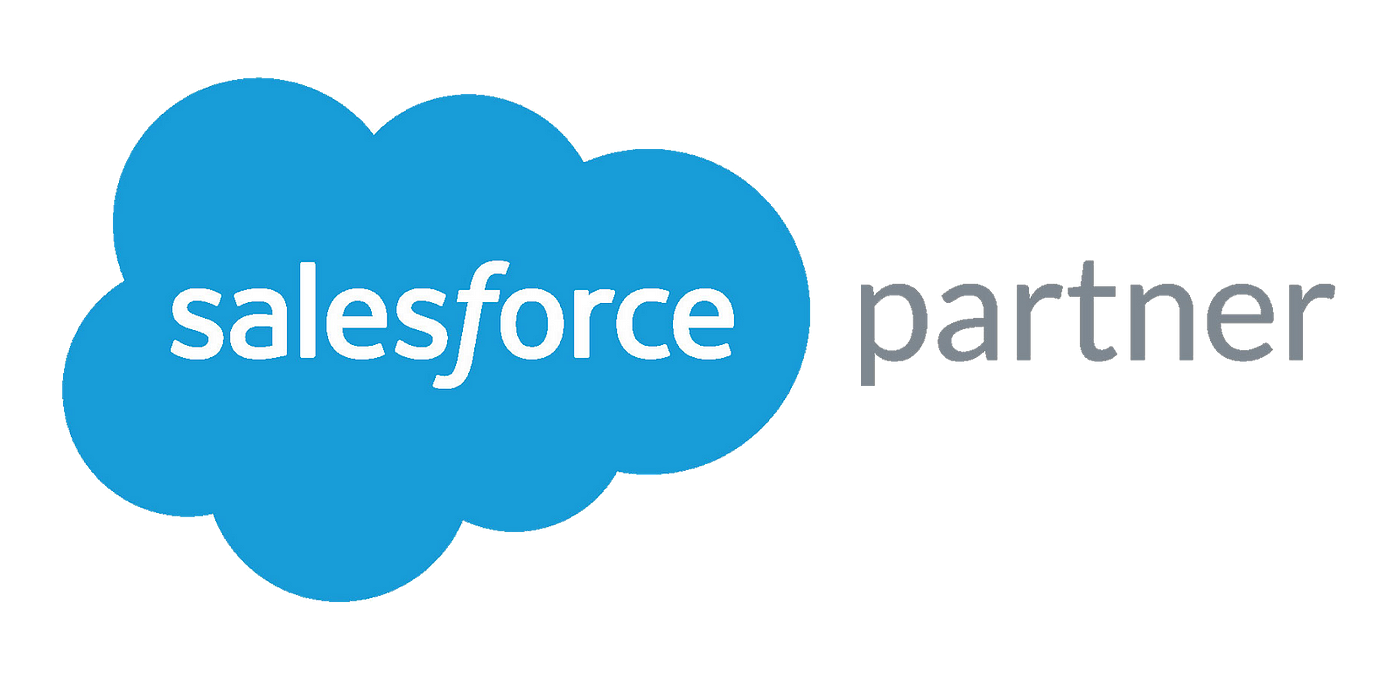How to Measure the Profitability of Your eCommerce Business?
-
 Nicholas
Nicholas
- 2 years

You will not require a fortune to start selling online. An online store can save you from labor and maintenance expenses that you would otherwise spend if you owned a brick-and-mortar store. In addition, you get a huge pool of customers to target and make more profits.
Due to all the benefits that come with online selling, merchants from all over the globe are jumping into the eCommerce bandwagon. However, selling online is not automatically profitable.
There is a lot that online retailers need to track to gain control over the profits their business makes. While there are a lot of eCommerce metrics that online business owners use to track the overall performance of their business, measuring profitability requires some additional efforts.
What are these efforts, and how can online sellers measure the profitability of their eCommerce businesses? In this article, we will find an answer to the same. So, let’s get started.
eCommerce Profitability: How to Measure and Improve?
Here are some of the important metrics that you should focus on to know how profitable is your eCommerce business:
1. Cash flow
Cash is king. You may have heard this saying several times, and it works in the eCommerce industry as well. Cash flow is the total money that flows in and out of a business. It is an important indicator of your business’ financial health. A positive and consistent cash flow can help you invest in business expansion, pay expenses, and do other things that lead to profitability.
More than 80% of businesses fail due to a lack of money. So, if there is any problem in your business, it can be seen in the cash flow. Now, what is a good cash flow?
You must have heard that having four to six months of cash needed in your bank to operate your business is good enough. But this is a very general rule and depends on many factors.
Present and expected growth: What is an ideal cash flow for your business depends on which stage you are in your digital transformation journey. For example, if you are a growing business, you will need to stock more inventory, improve your eCommerce solution, and invest in new warehouses. That means you need to have more cash.
Expected capital needs: It can also change based on the type of product you sell. For example, if you sell winter clothes, you will need more capital before and during winter months.
Similarly, there can be other factors depending on how you decide your cash flow. Calculating the ideal cash flow and analyzing it regularly can help you predict your eCommerce profitability.
2. Gross Profit Margin
Gross Profit Margin is an eCommerce metric leveraged to assess an organization’s financial health. You can calculate the GPM (Gross Profit Margin) by using the following formula:

It gives you a complete overview of how your present business revenue is serving the needs of your business and whether your business is at profit or loss. The higher the GPM, the more will be the profitability of your eCommerce business. It is always advisable for eCommerce businesses to focus on profitability rather than the total revenue of their business.
After a point, it doesn’t matter if you have a 6, 7, or 8-digital business as per your revenue. However, it matters whether your gross profit margin is 10% or 50%. So, keep a check on your GPM regularly and monitor your profitability.
If you need an example to understand how to improve your Gross Profit Margin, Nike is a good example. The iconic shoe brand experienced a boost in profits and valuation, as per a report by CNBC, after seeing improvements in its gross profit margin on sneakers sales online.
The brand accomplished this by increasing the prices of some of its products.
The lesson to learn here is that to boost your margins; you need to find a way to increase your prices. For example, if you have a long list of happy and repeat customers, it is easier to increase the price and make customers pay for it than if you just have one-time customers.
You can increase the price of your eCommerce products in the following ways:
- Improve the quality of your product and sell it at a premium price.
- Upgrade packaging and ask for a high price
- Invest in better marketing and show the benefits or value the product will add to consumers’ lives rather than just showing its features. It can increase the willingness of customers to pay a premium price.
3. Customer Acquisition Cost (CAC)
The customer acquisition cost (CAC) is the money you spend to get a new customer. The formula to calculate your CAC is:

To calculate your customer acquisition cost, you first need to determine your total marketing expenditure. That includes everything from your ad spent to the salary of your marketing professionals, along with your offline spending. You should add any cost you are paying for tools like lead capturing tools or any other tool you use to attract, manage, or analyze leads.
For example, your total marketing expenditure comes out to be $2000 for a month, and you acquired 200 new customers that month. That means your CAC is $10. eCommerce organizations use CAC to find their profitability as it compares the amount of money they spend on acquiring leads against the number of leads that they actually get.
Wrapping Up
So, now you know how to manage the profitability of your eCommerce business by tracking the right metrics. How are you feeling about increasing your profits? Is it possible? Sounds tough? Or do you need clarification about where to start?
No matter what, the team Envision eCommerce is here to help! Our team of expert Magento and Shopify developers have built countless profitable eCommerce stores and businesses. Give us a call, and we will get back to you. We will start working on your project after sending you a full-fledged website audit report for free. So, get in touch, now!












